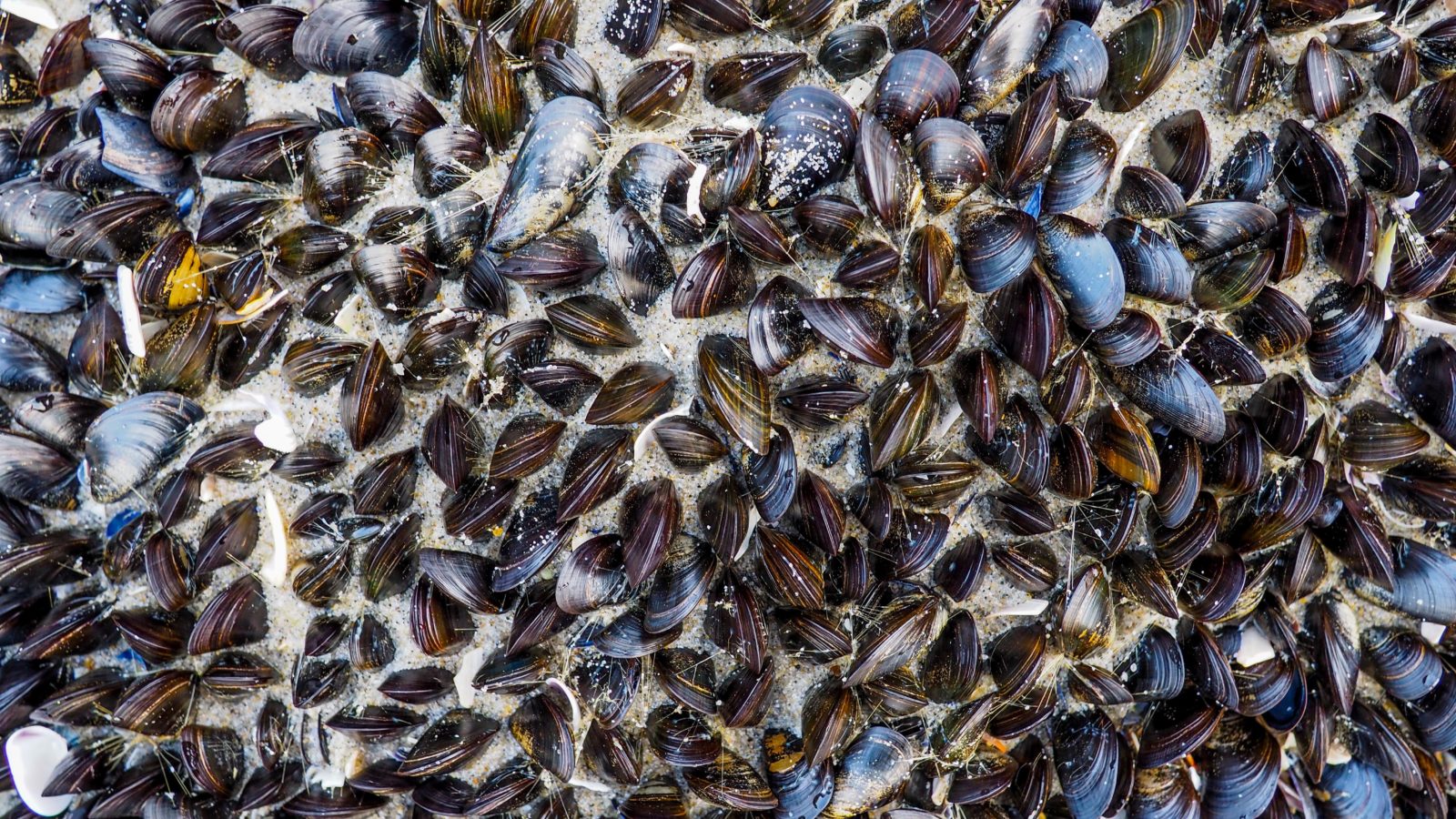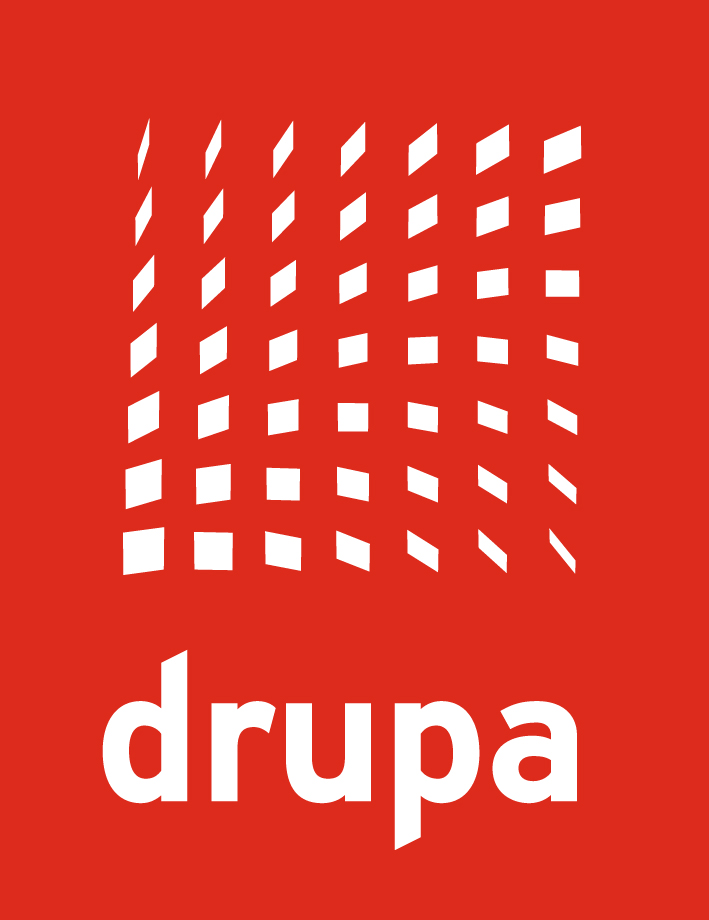3D Printing with Seashells – A No-Waste Project
Time:2018-09-07 From:

On a daily basis, useful raw materials find their way into the trash, because nobody has figured out yet, how to benefit from them. When you go out and have a nice plate of seafood, for example, there are so many inedible components left on the plate that eventually end up at the landfills. Joost Vette, an Industrial Design Engineering student at Delft University of Technology in the Netherlands, made the same experience, but he decided to use this as an opportunity. He figured out a way to use empty mussels for 3D-printing.
Since 3D printing is still partly characterized by a notable usage and, thus, also waste of plastic, an alternative material was long overdue.
A Long Way to Success
After a sequence of failed attempts at producing a printable material on the basis of mussels, Vette finally succeeded. “If you heat the shells in the oven, it reduces any left-over meat and makes the shells very brittle,” he explained. “You can then blend them, even in a kitchen blender. One challenge was finding the right viscosity. The material has to come out of the nozzle easily, but not spread everywhere.” The secret ingredient to achieve the perfect consistency is sugar extracted from sugar beets, which Vette learned after experimenting with other components like starch or seaweed. Sugar combined with the mussel powder and water results in a biodegradable printing material with a ceramic-like structure.
This material is not only an eco-friendly alternative to plastics, but it is also realizable at home without special tools or hardware. All you need is an oven, a regular kitchen blender, and – of course – a 3D printer.
Disposing of the Printed Result
A special characteristic that ‘mussel-printed’ objects possess, is that they dissolve under water. This means that whenever the result is not perfect or the object is no longer used, it can be placed in water, will dissolve and can then be poured back into the printer. Hence, there is no waste even when an object is no longer needed.
The water solubility is also one of the few disadvantages of this material. Even when it is not meant to dissolve, it will when exposed to enough moisture. The circumstances are decisive for the method to work.
3D-Printed Seashells as a Local Attraction
Vette’s innovation might contribute the local economy in the Netherlands. He says:
“It enables local manufacturing, eliminating transportation costs. Even better is if you can use local products and recycle them locally, closing the material loop.”
In addition to the local economy, also the tourism in his hometown Zeeland at the Southwestern coast could benefit:
“There are a lot of projects to make tourism in Zeeland more circular. This material could be part of that. You could print lamp covers that – when broken – could be remade locally.”

